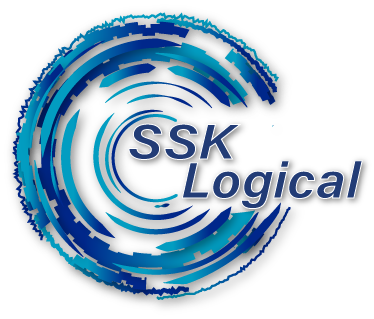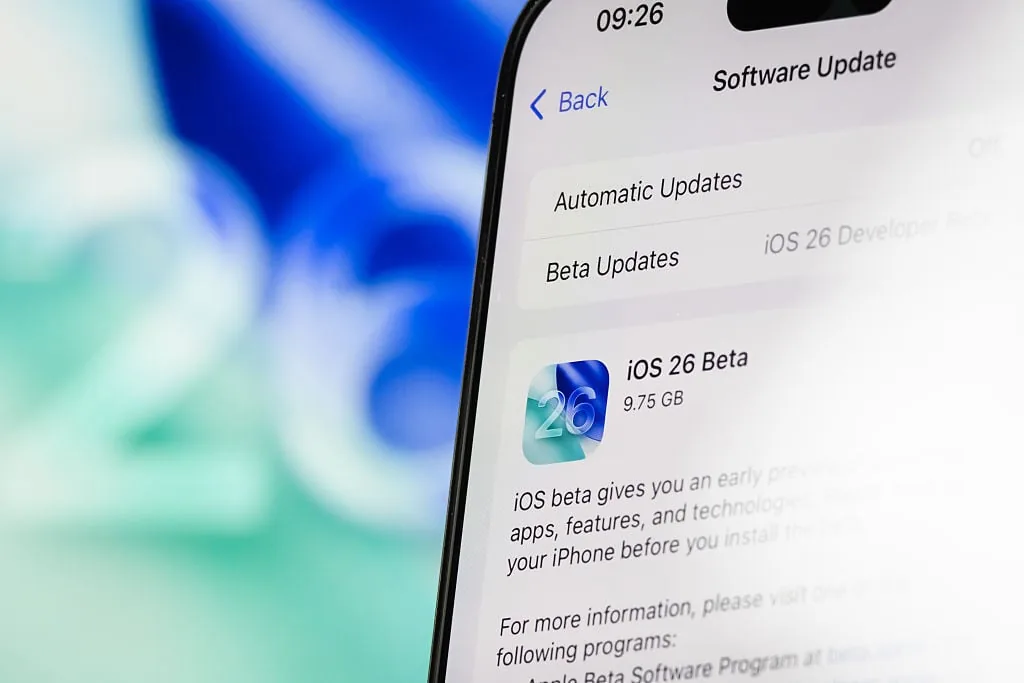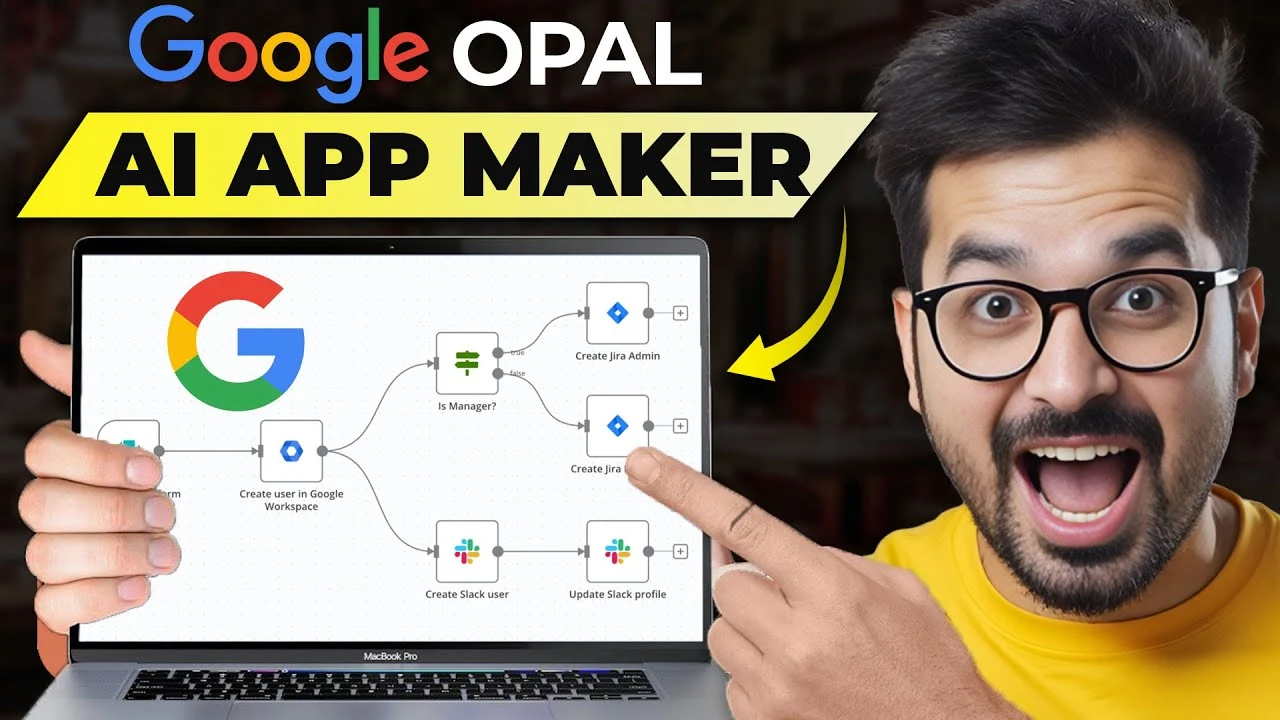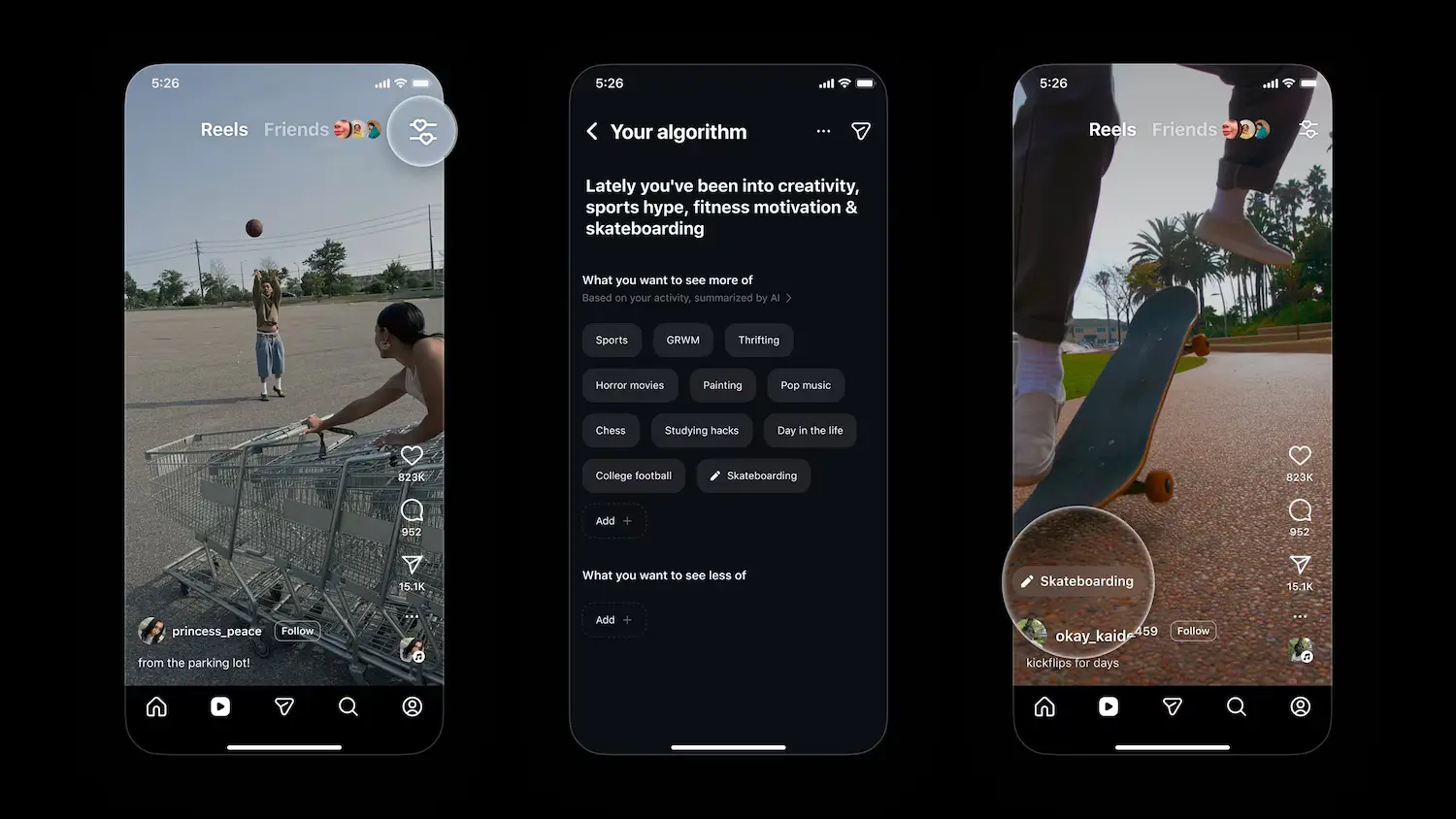1. Domain Name-A domain name refers to the address of a website that users type in a browser’s search bar to directly access the content. A domain name is a user-friendly address or easy-to-remember name.
2. URL– Domain name also called a URL (Uniform Resource Locator) or web address. A URL consists of a protocol, a domain, and a path.
3. WWW-World Wide Web, also known as a Web, is a collection of websites or web pages stored on web servers. Users can access the content of these sites from any part of the world over the internet using their devices such as computers, laptops, cell phones, etc.
4. Browser -A Web Browser is also known as the internet browser. It’s an application program that lets us visit anywhere on the internet and retrieves information from other parts of the web and displays it on your compute
5. TLD- TLD stands for ‘top-level domain’ and refers to the rightmost part of every domain name, after the last dot. it is also known as domain extensions. A top-level domain was intended to help classify a feature of a website, such as its purpose, the owner, or geographical origin.
Example- www.ssklogical.com
here .com represent top level domain
6. HTTP- Hypertext transfer protocol, is a standard application-level protocol used for exchanging files on the World Wide Web. The primary function of HTTP is to establish a connection with the server and send HTML pages back to the user’s browser. Web browsers are HTTP clients that send file requests to Web servers, which in turn handle the requests via an HTTP service.
7. HTTPS – HTTPS is a secure version of HTTP. It is a protocol for securing communication between two systems.HTTPS is a secure way to send data between a web server and a web browser. For example, the browser(client) and the webserver.
8. FTP– FTP means file transfer protocol and is used primarily to transfer files between different computers via the internet. FTP allows users to download web pages, files, and programs. When the user wants to download the information to their computer, they use FTP.
9. HTML– HTML stands for Hypertext Markup Language. HTML (Hypertext Markup Language) is the code that is used to create a web page that can be displayed by a web browser.
10. SQL– SQL stands for Structured Query Language. SQL is used to communicate with a database. SQL can be used to insert, search, update, and delete database records. SQL can is used to perform other operations, including optimizing and maintenance of the database.
11. CSS– CSS stands for Cascading Style Sheets, it is style sheet language used to describe the presentation of Web pages, including colors, layout, and fonts. CSS makes our web pages presentable to the user.
12. Plugin: – Plug-in, also called add-on or extension that can add new functionality or extend existing functionality on the website.
13. Resolution: Resolution is the number of pixels contained on a display monitor or images. It is defined as width by height, or W x H, where W is the number of horizontal pixels and H is the number of vertical pixels. Resolution is a metric used to describe the size and quality of an image.
14. Responsive Design: Responsive design ensures that a website is displayed correctly no on all the used devices. Responsive design means writing code once and having the page look great everywhere in all screens. A great responsive website should be able to adapt to various screen resolutions
15. JAVA – Java is an object-oriented, high-level, and platform-independent programing language developed by Sun Microsystems (which is now the subsidiary of Oracle) in the year 1995.PHP: – PHP stands for hypertext pre-processor but its original name was the personal home page. it is an open-source server-side programming language that is used to create static and dynamic websites.
16. Python: python is a world-famous and high-level general-purpose programming language. It was created by Guido van Rossum and released in 1991. It is used for web development (server-side), software development mathematics, system scripting.
17. Frontend: the front end is also referred to as client-side is what the end-user sees and directly interacts with. frontend languages include HTML, CSS, and JavaScript.
18. Backend: Back-end development is the section of the web development that cannot be seen by users. Users cannot interact with this part.
19. Bootstrap: Bootstrap is the most popular, free, HTML, CSS, and JS framework for building and developing responsive and mobile-first websites. Bootstrap was developed by Mark Otto and Jacob Thornton at Twitter.
20. Sitemap– Sitemap is an XML file where you provide information about pages, videos, images, and other files on your site. Where search engine can crawl your site easily.Cache: A cache is a special storage space for temporary files and data. When you visit a website, it saves some information from websites in its cache.
21. Text Editor: Text editor is one of the major tools used by web developers. Which helps web developers to create and edit text files. developer use a text editor such as SublimeText, TextEdit, or Text Wrangler to write their own initial code.




